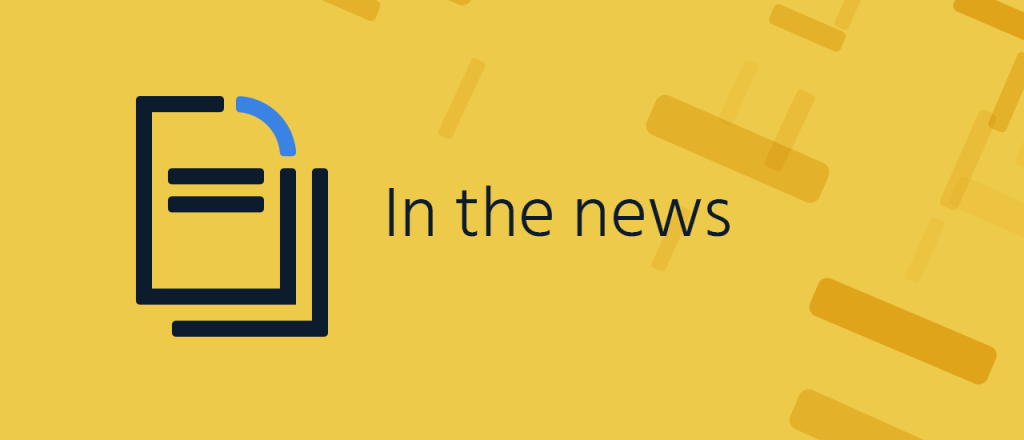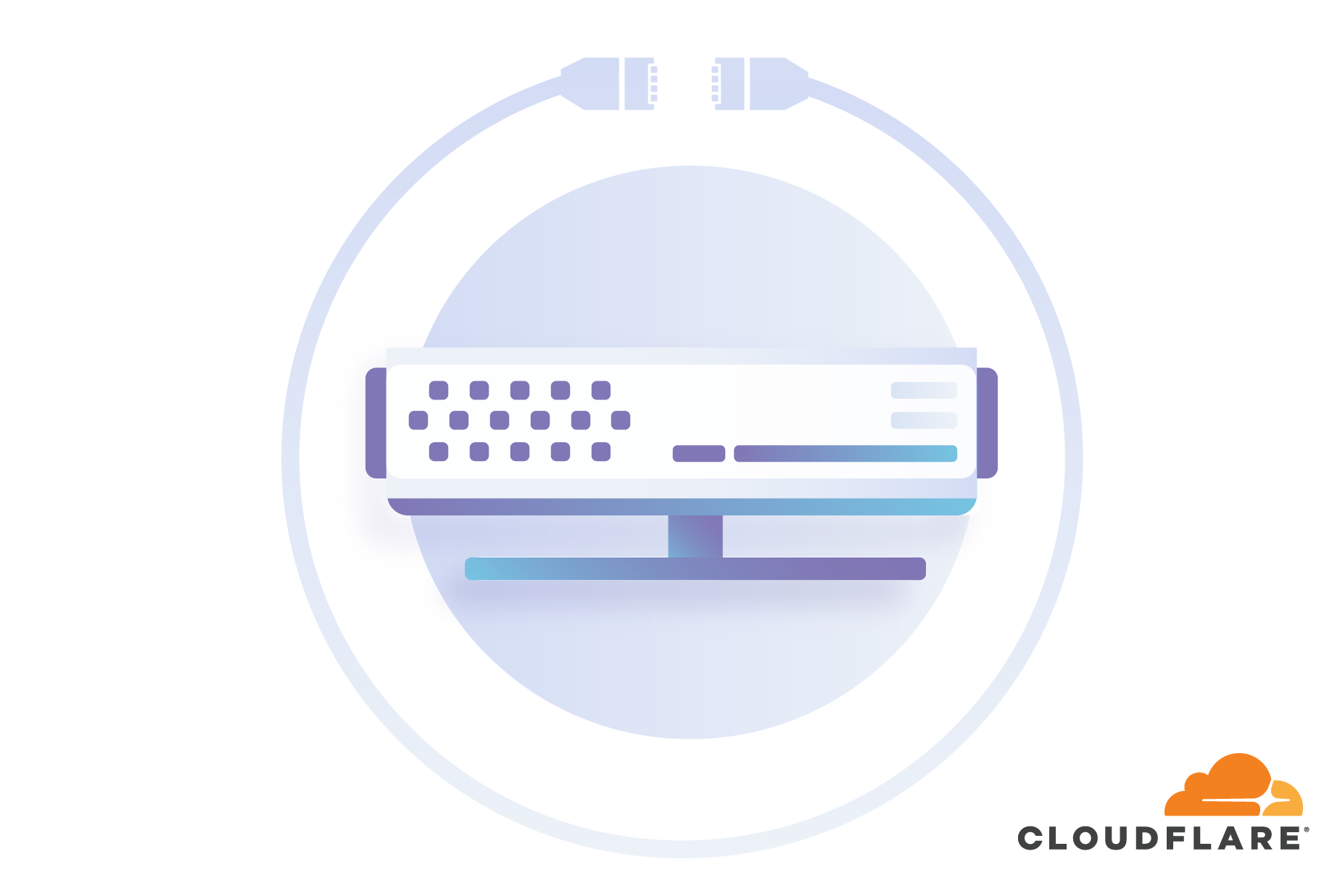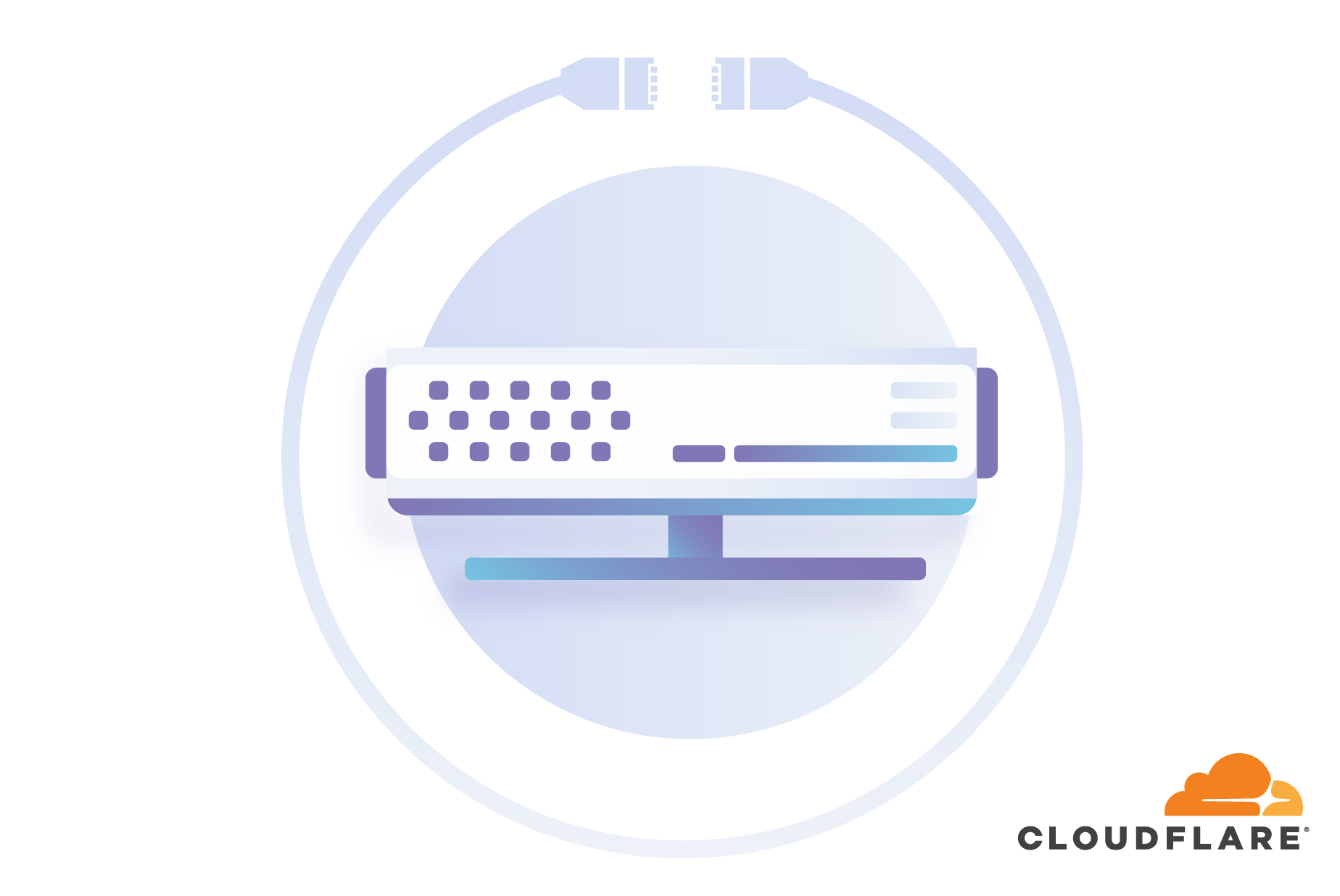How we selected 10 hot business continuity startups to watch
The selection process for our business-continuity-startup roundup began with dozens of recommendations and nominations sent via HARO, LinkedIn, Twitter, and subscribers to the Startup50 email newsletter.This roundup, however, was challenging to flesh out because in the IT world, business continuity is a subset of storage.[ Check out 10 hot storage companies to watch. | Get regularly scheduled insights by signing up for Network World newsletters. ] Plenty of vendors pitched DevOps, security, and networking companie but none of those were a good fit for business continuity. You could make a case that all of those things help ensure business continuity, but they all fit better in different categories.To read this article in full, please click here
 The integration will allow customers to deploy and manage Redis as a stateful Kubernetes service.
The integration will allow customers to deploy and manage Redis as a stateful Kubernetes service.




